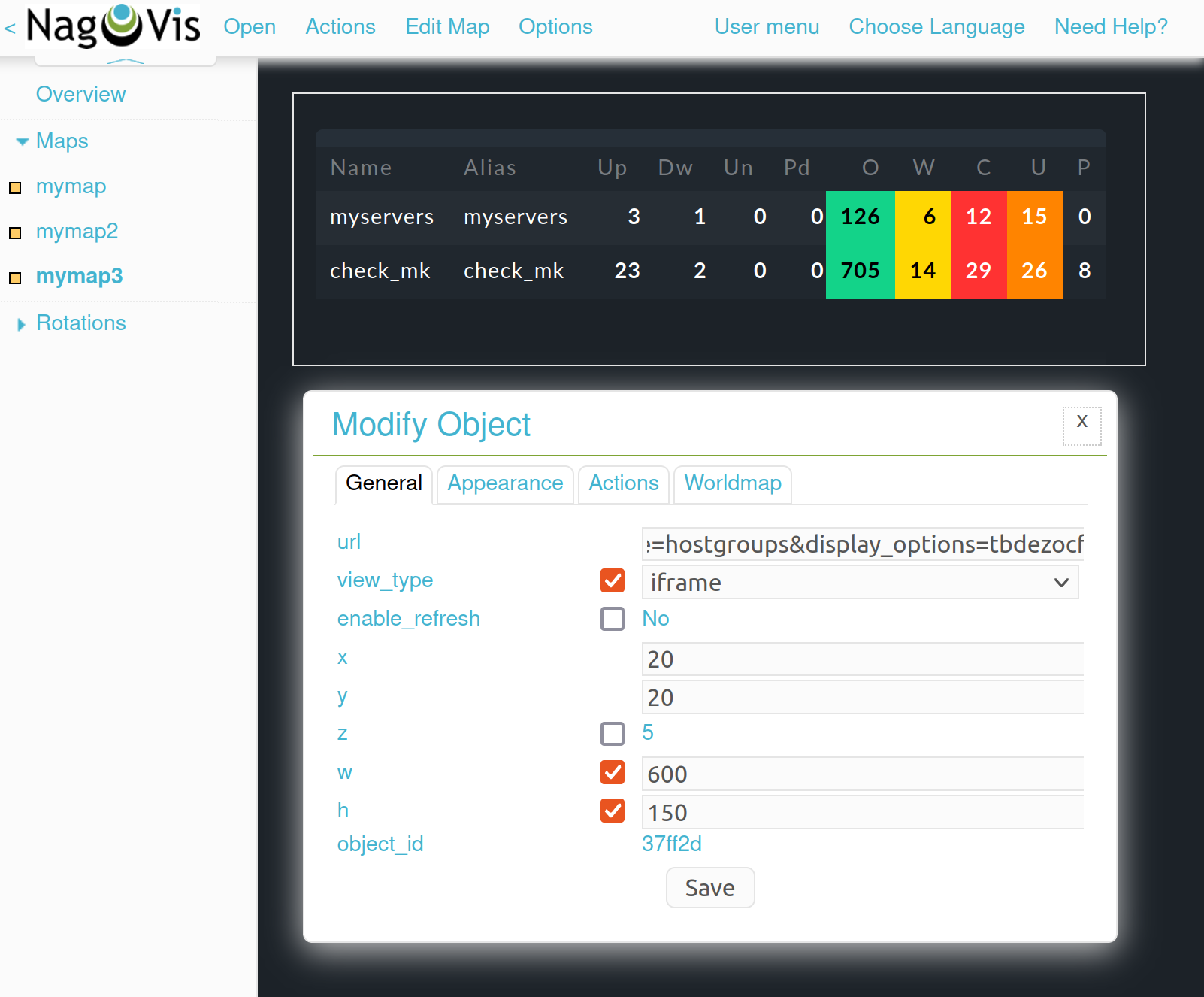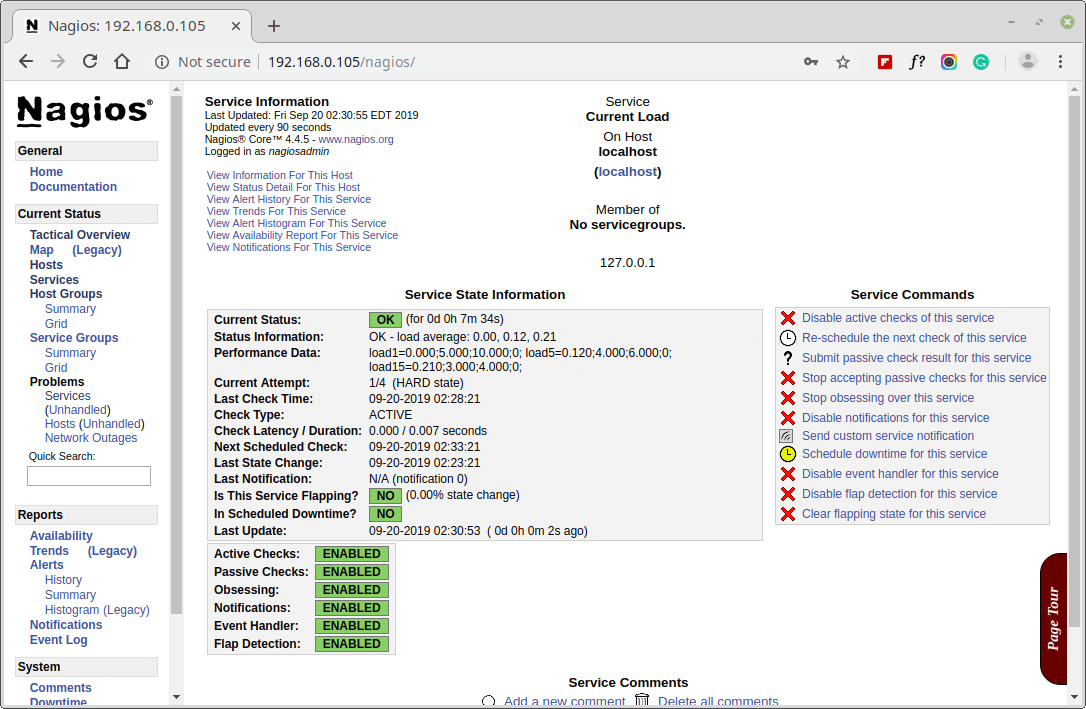

cd /tmpĬompile and install the Nagios plugins./configure -with-nagios-user=nagios -with-nagios-group=nagios

Use generic-contact Inherit default values from generic-contact template (defined above)Įmail <<***** CHANGE THIS TO YOUR EMAIL ADDRESS ******ĭownload Nagios Plugins to /tmp directory. vi /usr/local/nagios/etc/objects/contacts.cfgĬhange the Email address field to receive the notification.Ĭontact_name nagiosadmin Short name of user You’ll need to make just one change before you proceed.Įdit the /usr/local/nagios/etc/objects/contacts.cfg config file with your favorite editor and change the email address associated with the nagiosadmin contact definition to the address you’d like to use for receiving alerts. These sample files should work fine for getting started with Nagios. Sample configuration files have now been installed in the /usr/local/nagios/etc directory. # CentOS 7 / RHEL 7 #Ĭhkconfig httpd on Configure Nagios Server Restart Apache web server to make the new settings take effect. htpasswd -c /usr/local/nagios/etc/ers nagiosadmin
#How to install nagvis on centos 7 password
Remember the password that you assign to this user – you’ll need it later. Run the following command to install a Nagios exfoliation theme make install-exfoliationĬreate a user account ( nagiosadmin) for logging into the Nagios web interface. Install the Nagios web configuration using the following command. cd /tmp/Ĭompile and Install Nagios./configure -with-nagios-group=nagios -with-command-group=nagcmd Usermod -a -G nagcmd apache Install Nagios Serverĭownload the latest version of Nagios Core using the terminal. yum -y install httpd php gcc glibc glibc-common wget perl gd gd-devel unzip zipĬreate a nagios user and nagcmd group for allowing the external commands to be executed through the web interface, add the nagios and apache user to be a part of the nagcmd group. Install all packages in a single command. So install the Web Server (httpd), PHP, compilers and development libraries. This Tutorial describes how you can monitor private services and attributes of Linux/UNIX servers, such as: Attributesīefore installing the Nagios, the system needs to meet the requirements for installing Nagios. We can access the Nagios using web interface coming with the bundle and configuration need to be done on the file level. With the help of Nagios, you can monitor basic services and attributes. Nagios is the most widely used open source monitoring tools which help us to monitor the services and application that run’s on Windows, Linux, Routers and other network devices.


 0 kommentar(er)
0 kommentar(er)
